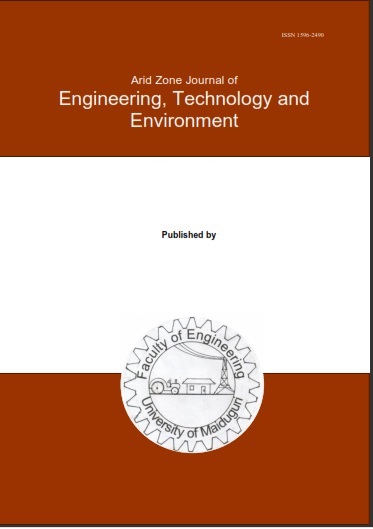Abstract
This paper outlines an evaluation and comparison of three different You Only Look Once (YOLO) object detection models - YOLOv3, YOLOv8, and YOLOv10 for use in automated license plate recognition (ALPR) systems. To analyze these models, a total of 261 license plate images were collected from the car park of an auditorium inside the University of Lagos, Nigeria. Metrics of each model (accuracy, precision, recall, F1 score, and training efficiency) were used to measure the performance of the models. Results indicates that YOLOv8 (accuracy of 86.9%, precision score 100%, recall of 87%, and an F1 score of 0.93) significantly outperformed the other models, demonstrating its potential as a robust solution for object detection. In contrast, YOLOv3 had an accuracy of 62.1%, precision of 75%, a recall of 78.3%, and an F1 score of 0.766, reflecting balanced performance but slower training times. YOLOv10, despite being the latest version, showed mixed results, achieving an accuracy of 43.2%, a precision of 47.5%, a recall of 82.6%, and an F1 score of 0.603. This study highlights the critical importance of model selection based on specific application needs and suggests that further optimization may enhance the capabilities of YOLOv10 for future developments in ALPR systems.

This work is licensed under a Creative Commons Attribution-NonCommercial-NoDerivatives 4.0 International License.
Copyright (c) 2025 ARID ZONE JOURNAL OF ENGINEERING, TECHNOLOGY AND ENVIRONMENT

